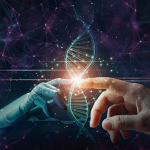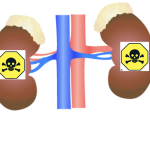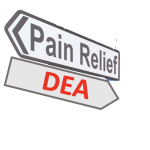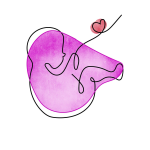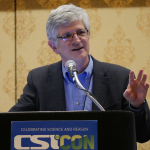Artificial Intelligence plays an increasingly prominent role in modern life, medicine included. While the technology promises to improve health care in many ways, it also carries potentially serious risks. That raises a critical question: when AI harms patients, who's responsible?
Policy & Ethics
Medical schools emphasizing DEI (Diversity, Equity, and Inclusion) as criteria for admissions is a prescription for disaster.
Medical schools are incorporating critical social justice theory into the way they teach students to diagnose and treat health conditions. Cato scholars Jeffrey A. Singer and Erec Smith explain that this can be hazardous to the health of individuals – and to society.
The recent cases and legislation addressing the destruction of IVF embryos prompts revisiting past cases involving “child murder” in a medical context. Some cases turn on what is in the best interests of the child, while others pivot on the importance of preserving a child’s life, even if it involves terminating the life of another. Sometimes, religion gets involved. And this presents a conundrum.
The sleazy world of dietary supplements is hardly confined to the United States. In Japan, more than 100 people were sickened – and at least five died – after consuming a ridiculous product called Benikoji Choleste, aka red rice yeast. How can such a dangerous supplement be sold? The following should sound quite familiar.
In a recent New York Times essay, a professor of anesthesia and pain management recently protested the Drug Enforcement Administration's opioid manufacturing quotas and micromanagement of doctors treating their patients' pain. At a time when DEA S.W.A.T. teams frequently raid doctors' offices for "inappropriate" prescribing, the professor's essay demonstrated boldness. Unfortunately, the professor's reform proposals were much less bold.
One month after the Alabama Supreme Court declared that frozen embryos are legally considered children – and two weeks after the state’s Legislature undid the major impacts of that decision by protecting IVF facilities – the same issue was faced by several state legislatures. They punted.
Harm reduction strategies have been used for decades in many developed countries to reduce diseases and overdoses from using drugs obtained on the black market. It's a major reason why those countries have lower drug-related illness and fatality rates than the U.S. In recent years, many state and local jurisdictions have begun adopting these strategies. Idaho, however, recently decided to go in an ill-advised direction.
On February 16, the Alabama Supreme Court ruled that embryos destroyed at an IVF facility were children subject to the state’s Wrongful Death of a Minor Act, opening the door to civil and criminal liability. The state’s largest fertilization centers immediately “froze” their services. Two weeks later, now aware of the implications of this ruling, the Alabama legislature undid (some of) the court’s damage, providing legal immunity for IVF providers and receivers. But fear remains.
The national newspaper recently published a guest essay that finally got the opioid story straight – something it previously has been unwilling, or unable, to do. The chilling essay was written by a pain management specialist who was unable to get pain meds for her dying mother-in-law, because of the takeover of medicine by the runaway DEA. The Times may have finally gotten it right (but it's worth noting that here at ACSH, we've been doing so for more than a decade).
Unlike previous public health emergencies, the COVID-19 pandemic had unmistakably partisan overtones. Politics exerted an unhealthy influence on how governments, scientists, reporters and ordinary Americans responded as SARS-CoV-2 swept across the world and upended our lives for the better part of four years. What went wrong and what can we learn from it?
The EPA is moving farther and farther away from producing science-driven outcomes. Its final rule for regulating ethylene oxide emissions from commercial sterilizers demonstrates how EPA is ignoring best scientific practices in its quest to advance the Administration’s dual agenda of “cancer moonshot” and environmental justice.
